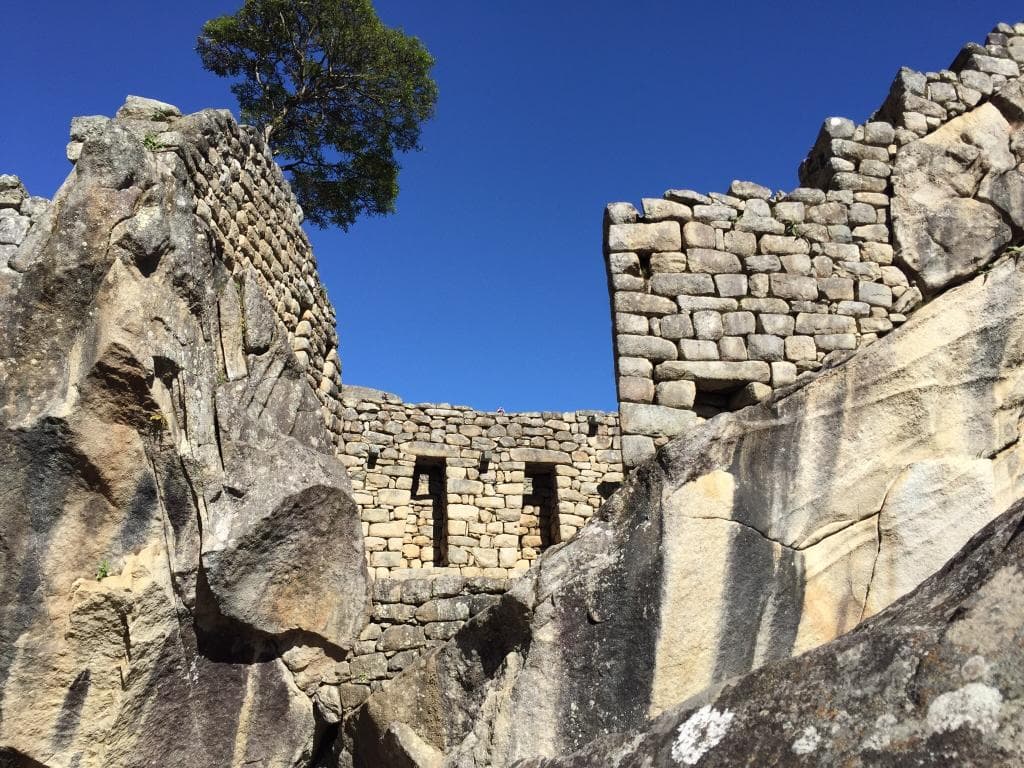
Temple of the Condor
Discover the Temple of the Condor, a sacred Inca site where natural rock formations are masterfully carved into a majestic condor, symbolizing rebirth...
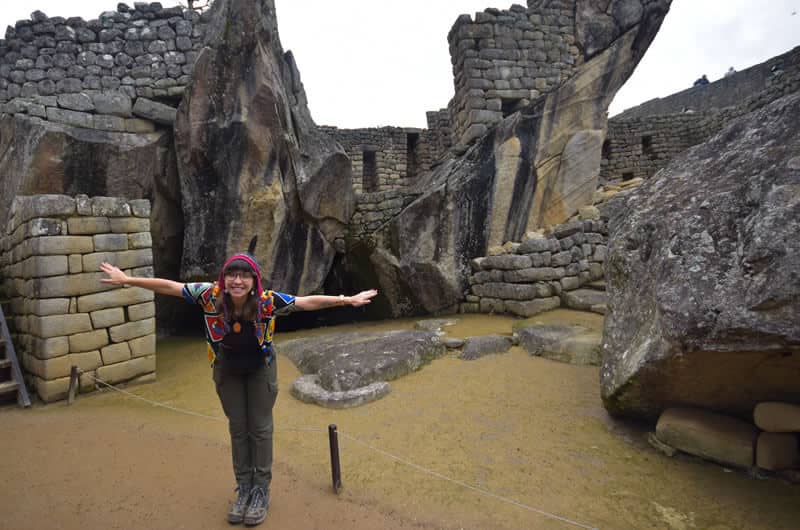
Highlights
Must-see attractions
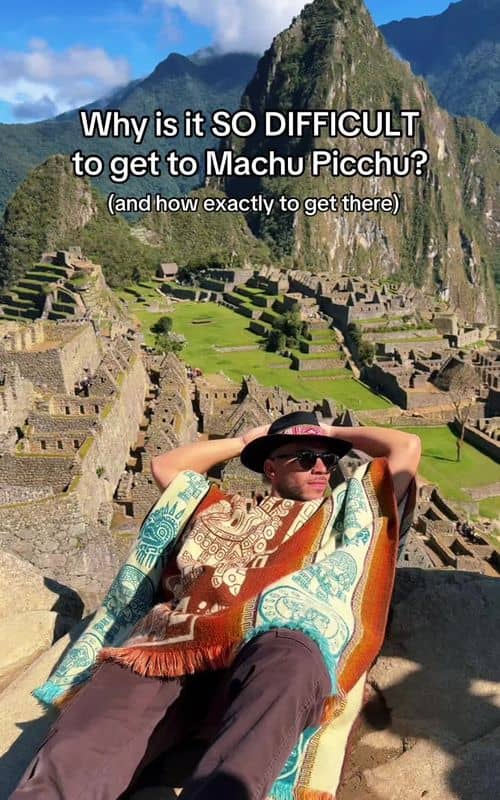
Social
From TikTok & Reddit
Best Time
Beat the crowds and heat.

Temple of the Condor
Best Time
Beat the crowds and heat.

Highlights
Must-see attractions
Discover the Temple of the Condor, a sacred Inca site where natural rock formations are masterfully carved into a majestic condor, symbolizing rebirth and the divine.
"Sinister synthesis in stone, the Temple of the Condor is one of the most beautiful parts of Machu Picchu."
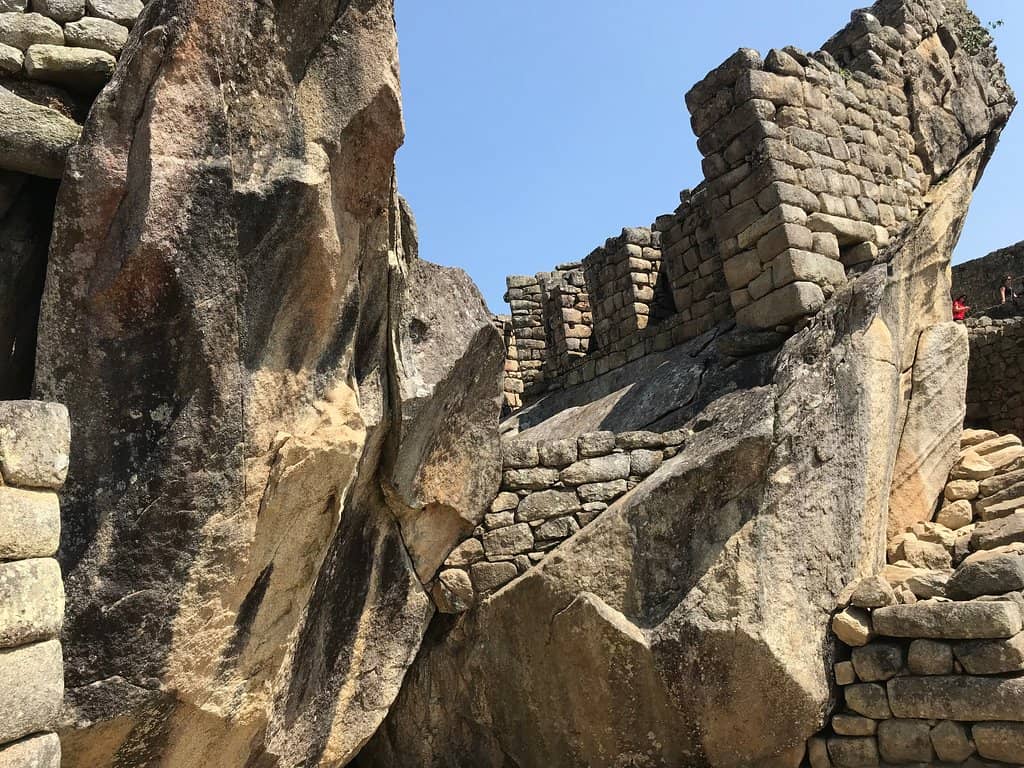
Book in Advance! 🎟️
Tickets sell out fast! Book months ahead, especially for specific circuits or hikes.
Acclimatize First! ⛰️
Spend 2+ days in Cusco to adjust to altitude before visiting Machu Picchu.
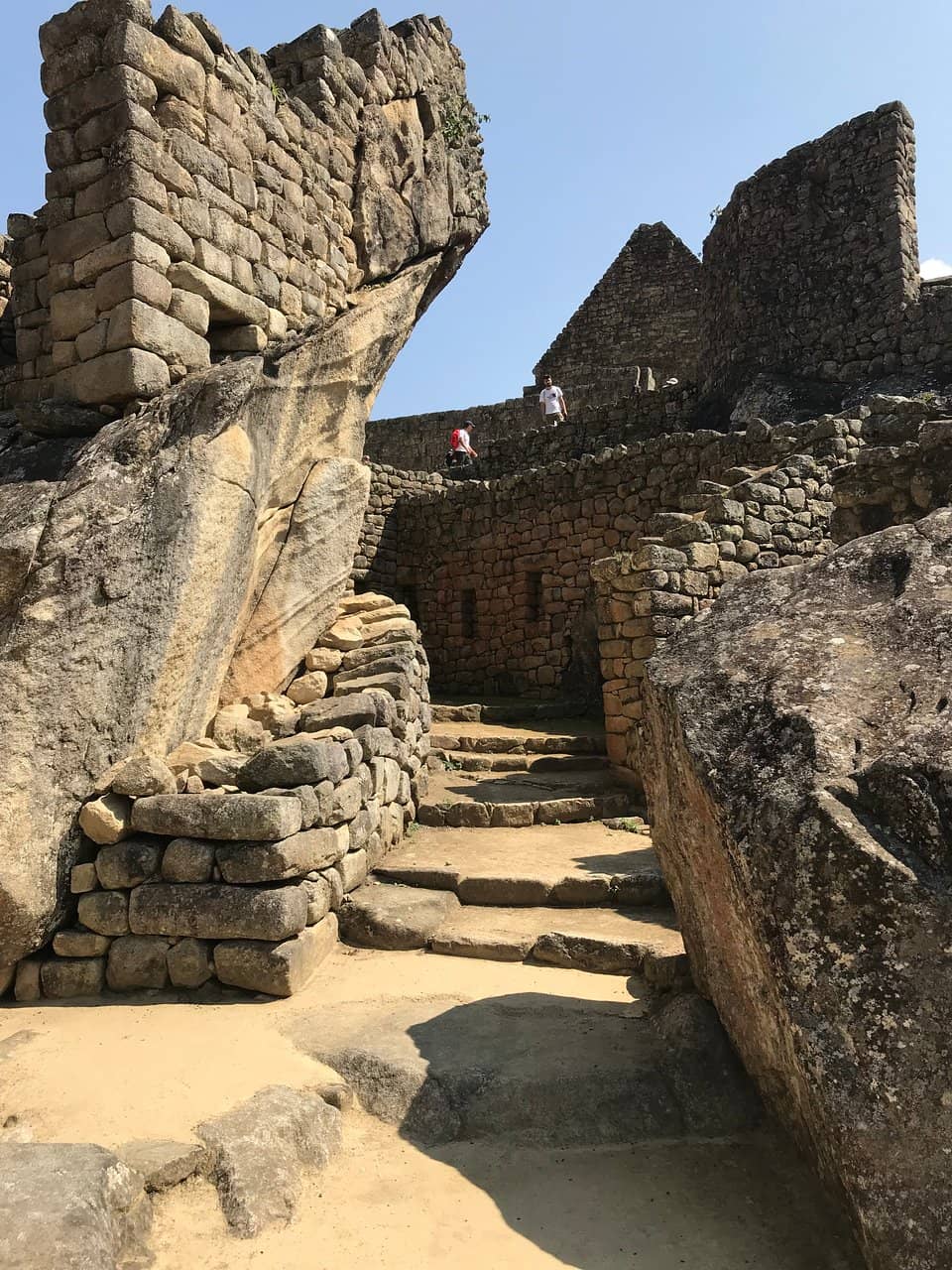
Highlights
Discover the most iconic attractions and experiences

Temple of the Condor
Eastern Urban Sector
Marvel at the natural rock formation masterfully shaped into a condor, symbolizing rebirth and the sacred.
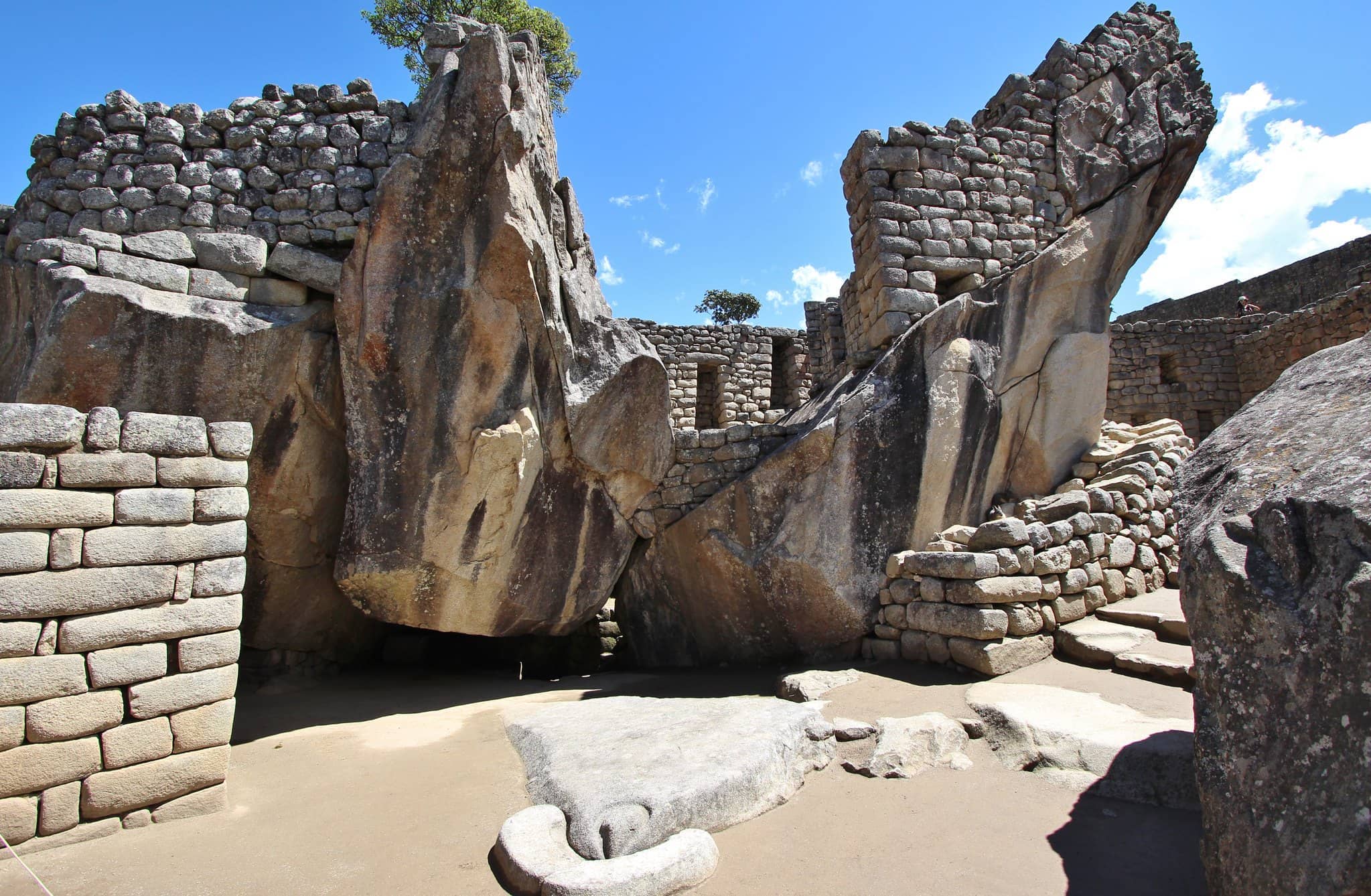
The Condor's Head Altar
Temple of the Condor
See the intricately carved stone representing the condor's head, believed to be used for sacrificial rituals.
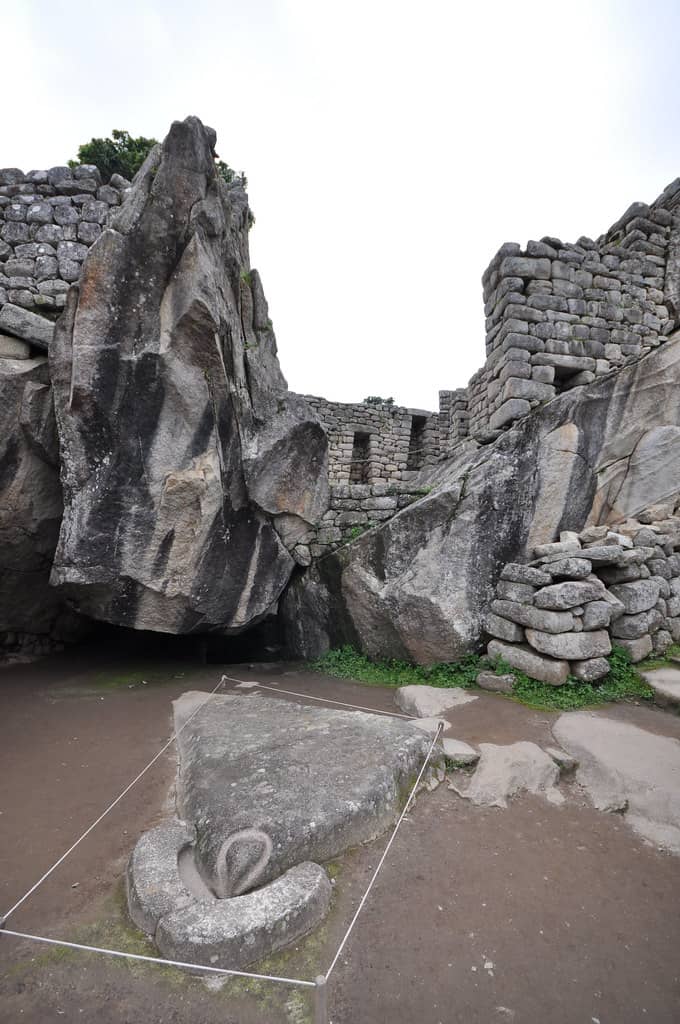
The Condor's Wings
Temple of the Condor
Admire the massive, outstretched wings formed by rock formations, creating a powerful and symbolic spectacle.
Plans like a pro.
Thinks like you
Planning Your Visit
Book Tickets Well in Advance
Acclimatize to Altitude
Best Times
Insider Tips
from TikTok, Instagram & Reddit
Book in Advance! 🎟️
Tickets sell out fast! Book months ahead, especially for specific circuits or hikes.
Acclimatize First! ⛰️
Spend 2+ days in Cusco to adjust to altitude before visiting Machu Picchu.
No Bathrooms Inside! 🚽
Only one restroom at the entrance. Plan accordingly!
Wear Comfy Shoes! 👟
Lots of walking and uneven terrain. Good footwear is essential.
Tips
from all over the internet
Book in Advance! 🎟️
Tickets sell out fast! Book months ahead, especially for specific circuits or hikes.
Acclimatize First! ⛰️
Spend 2+ days in Cusco to adjust to altitude before visiting Machu Picchu.
No Bathrooms Inside! 🚽
Only one restroom at the entrance. Plan accordingly!
Wear Comfy Shoes! 👟
Lots of walking and uneven terrain. Good footwear is essential.
Stay Hydrated! 💧
Bring water, but be mindful of where you can refill.
What Travellers Say
Reviews Summary
Visitors are consistently awestruck by the Temple of the Condor's unique architecture and spiritual significance, marveling at how the Incas integrated natural rock formations into their sacred structures. The site's historical context and the symbolic representation of the condor are frequently highlighted as profound aspects of the Machu Picchu experience.
"In the south side of the Eastern Urban Sector is the Temple of the Condor, a complex structure constructed on natural rock formations with grottos and subterranean passageways. The flat triangular rock in the foreground represents the condor's head with carved eyes and beak. The abutting semicircular stones represent the condor's ruff. The rock formations behind form the shape of two outstretched wings of a swooping condor."
Steve Fung
"Built to worship the “Apu Kuntur” (condor), which was one of the three sacred animals of the Inca culture. The temple is structured on a natural cave taking advantage of the actual rock of the mountain: among them stands a formation that was adapted and shaped to be the wings of a huge bird, beneath them on the ground, a huge stone Carved in the shape of the head of the condor"
CK Cheong
"Sinister synthesis in stone. In the temple of the condor it is excellent to see how the Incas manage to fit a natural rock formation into a building. The condor's head lies on the ground and the wings are spread out at right angles behind it. Since there is a prison complex directly behind the temple, it is most likely that (death) sentences and offerings were held in the temple, with the condor's head functioning as a sacrificial altar. Despite its sinister function, the Temple of the Condor is one of the most beautiful parts of Machu Picchu."
Koen
What People Like
What People Dislike
Frequently Asked Questions
🚇 🗺️ Getting There
Most travelers fly into Cusco, then take a train from Ollantaytambo or Poroy to Aguas Calientes, the town at the base of Machu Picchu. From Aguas Calientes, buses run frequently up to the citadel. Some adventurous travelers opt for multi-day treks like the Inca Trail or Salkantay Trek.
The Temple of the Condor is located within the main Machu Picchu citadel. Once inside, follow the designated circuits. It's typically part of Circuit 2 or 3, depending on your ticket.
Yes, several treks lead to Machu Picchu, including the famous Inca Trail and the Salkantay Trek. These require booking far in advance and are physically demanding.
The journey can take several hours. The train ride from Ollantaytambo to Aguas Calientes is about 1.5-2 hours, plus travel time to Ollantaytambo and the bus ride up to Machu Picchu. Treks can take 4-5 days.
Yes, frequent shuttle buses operate from Aguas Calientes up to the entrance of Machu Picchu. Tickets can be purchased in Aguas Calientes.
🎫 🎫 Tickets & Entry
Ticket prices vary depending on the circuit and any additional hikes like Huayna Picchu or Machu Picchu Mountain. Basic entry tickets typically range from $40-$60 USD, but it's essential to check the official government website for current pricing and booking.
Absolutely! Tickets are limited daily and sell out months in advance, especially during peak season. Booking online through the official government portal or a reputable tour operator is crucial.
Machu Picchu has several designated circuits (1-4) that guide your path through the ruins. Circuit 2 is often recommended for a comprehensive experience, including access to the Temple of the Condor.
Yes, but these require separate, limited tickets that must be booked in conjunction with your main Machu Picchu entry. They offer stunning panoramic views.
Machu Picchu typically opens around 6:00 AM and closes around 5:00 PM. Specific hours can vary, so it's best to confirm when booking your tickets.
📸 📸 Photography
Iconic spots include the classic viewpoint overlooking the citadel, the Sun Gate (Inti Punku), and the terraces. The Temple of the Condor also offers unique photographic opportunities.
Yes, photography is generally allowed within the Temple of the Condor, but always be respectful of the site and other visitors. Avoid using flash photography in enclosed areas.
Early morning or late afternoon often provide the best light, with softer shadows and fewer crowds. Sunrise can be magical, but be prepared for potential mist.
No, drone usage is strictly prohibited within Machu Picchu to protect the archaeological site and ensure visitor safety.
A wide-angle lens is great for capturing the vast landscapes, while a telephoto lens can be useful for details. A sturdy tripod can help with low-light conditions, but check regulations.
For Different Travelers
Tailored advice for your travel style
👨👩👧 Families with Kids
Be prepared for the altitude; younger children can be more susceptible to altitude sickness. Ensure they are well-hydrated and take frequent breaks. Bringing snacks is a good idea, as food options within the site are limited to the entrance area. The bus ride up from Aguas Calientes can also be an adventure for kids, but consider the walk if they are up for it.
🚶 Solo Travelers
Solo travelers often opt for treks like the Salkantay or Inca Trail, which offer a more immersive experience and opportunities to connect with others. If you prefer a quicker visit, the train to Aguas Calientes and then the bus is efficient. Remember to book your tickets and accommodation in advance, as solo rooms can fill up.
Deep Dives
In-depth insights and expert knowledge
The Sacred Significance of the Temple of the Condor
The temple is ingeniously constructed, utilizing a natural cave and rock formations. A large, flat stone on the ground, carved with eyes and a beak, represents the condor's head, while the surrounding rock formations are shaped to form its majestic, outstretched wings. This masterful integration of natural and man-made elements highlights the Inca's architectural prowess and their reverence for the landscape.
It's believed that this sacred site was used for rituals and ceremonies, possibly involving offerings or even sacrifices, given its proximity to what is thought to be a prison complex. The condor's role in Inca beliefs made this temple a powerful place for spiritual practices related to death, transformation, and the afterlife.
Navigating Machu Picchu: Circuits and Logistics
Understanding these circuits is crucial for planning your visit. You'll need to choose your circuit when purchasing your ticket, and sticking to it is mandatory. Some circuits are shorter and focus on specific sectors, while others are more extensive. Always check the official Machu Picchu website for the most up-to-date circuit maps and descriptions.
Beyond the circuits, logistical planning is key. Remember there are no bathrooms inside the main citadel, only at the entrance, so plan your needs accordingly. Staying hydrated is also important, but be mindful of where you can refill your water bottles. The site can be physically demanding with uneven terrain and stairs, so comfortable footwear is a must.






Social
from TikTok, Instagram & Reddit